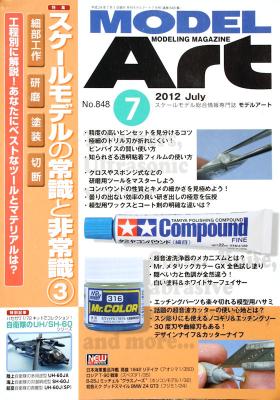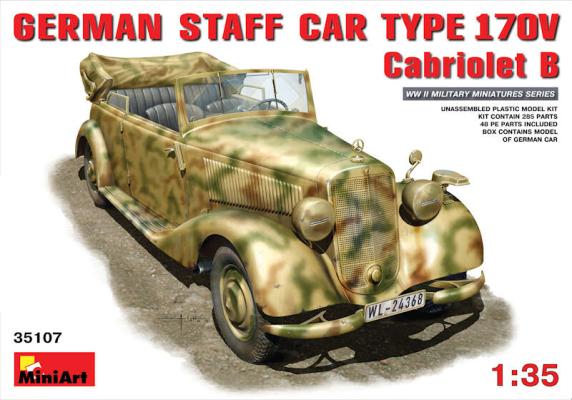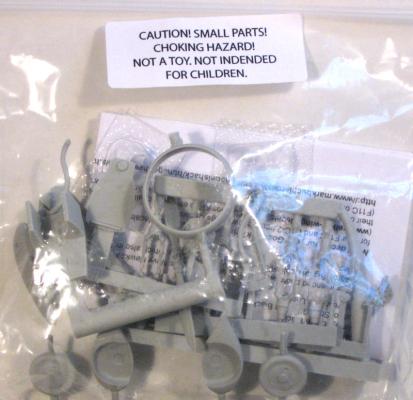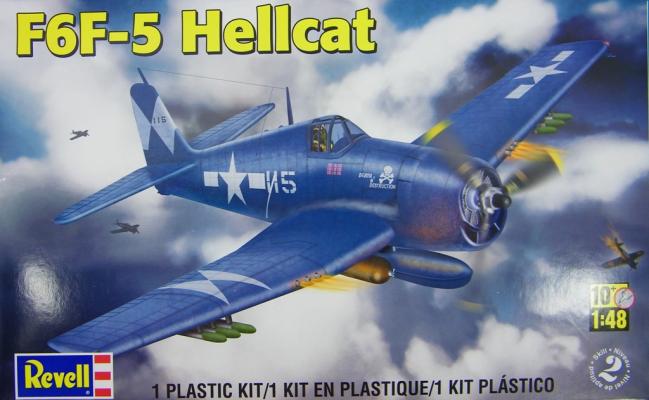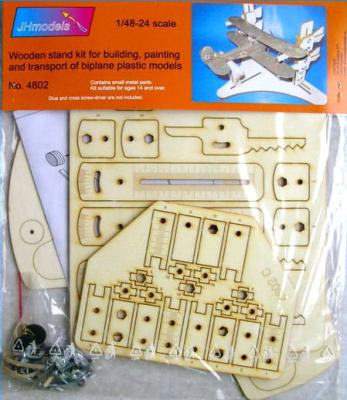ModelArt No. 848 July 2012 monthly update features modeling tools and supplies. As always, the format is close to 7x10 inches in size, and the printing and reproduction quality are excellent. Model Art’s text is almost entirely in the Japanese language, and most feature photos are in color. The usual sections follow and are listed by their topic:
Welcome to the IPMS/USA Reviews site!
Introduction: The primary organization of the IPMS/USA Review website is by IPMS/USA National Contest Class. Within each Class there are sub-menus by kits, decals, books, etc. The Miscellaneous Class is for items that are not class specific or that cross two or more classes.
IPMS/USA Members: We encourage you to submit reviews, both here and to the Journal. To volunteer for membership in the IPMS/USA "Reviewers Corps" and submit your own reviews, please read the Guidelines For Submitting Product Reviews.
Manufacturers, publishers, and other industry members: IPMS/USA is pleased to offer your company the opportunity for product reviews. All product reviews are performed by IPMS/USA members, and are posted in the publicly-accessible section of our website. With very few exceptions, we perform full build reviews of new kit releases, aftermarket products, and supplies. If you would care to provide product samples for review, please contact John Noack, IPMS/USA 1st VP.
To learn more about IPMS/USA, please see our About Us page.
History Brief
The Mercedes 170V was very popular passenger car when released, and was built in both sedan (hard top) and cabriolet (convertible/soft top) forms from 1935 until 1942. Once pressed into military service, they became popular as staff cars. The factories survived WWII, then from 1949 until 1952 the Type 170V was produced once again and became instrumental as a commercial offering, taking the company from the ashes after the war.
Initial Impressions
This upgrade and conversion set addresses inaccuracies in the venerable Lindberg kit No. 72544, the Curtiss Goshawk, and allows a conversion to a BFC-2 or a correction to the F11-C. The Lindberg kit is still widely available, although it is out of production.
The parts are cast in light gray resin and include a replacement engine, one-piece cowling, cockpit parts, wheels and wheel pants/spats, propeller, gun sight, fuel tank, and vacuformed clear plastic windscreens and canopy. An excellent set of instructions accompanies this set and includes references, decals sources, and online extras, such as decal artwork and a rigging diagram. Everything is contained in a plastic bag.
This set immediately got me fired up, unlike many conversion or update sets. The instructions and materials are well-presented. There was no sense of trepidation, dread, or self-coaching with this one!
The US Navy’s mainstay fighter from 1943 until the end of World War II, the Grumman F6F Hellcat was instrumental in establishing air dominance in the Pacific theater of operations during the war. Following the war, the Hellcat was relegated to US Navy Reserve units, as newer, more capable types replaced them in fleet service.
Revell’s re-release of the timeless Monogram F6F-5, first offered in the 1960’s, is still a great kit for young modelers, or experienced modelers looking to relive a piece of their childhood. It’s probably safe to say that a majority of older modelers who started the hobby as kids have built at least 1 or 2 of these classics. Although only 6 (and ½, I’m reminded), this was Camden’s second Revellogram F6F-5, and the first one he actually painted and decaled.
JHmodels offers two different wooden stands, sometimes called “jigs,” that look similar to one another. A major difference, however, is that the item described in this review is for biplanes while the previously reviewed product, (No. 4801) is primarily used for monoplanes. There is an easy way to remember the difference….. No. 4801 is for a single wing and No. 4802 is for 2 wings. The other wooden stand, No. 4801, is reviewed at http://web.ipmsusa3.org/content/wooden-stand-building-painting-and-tran…











